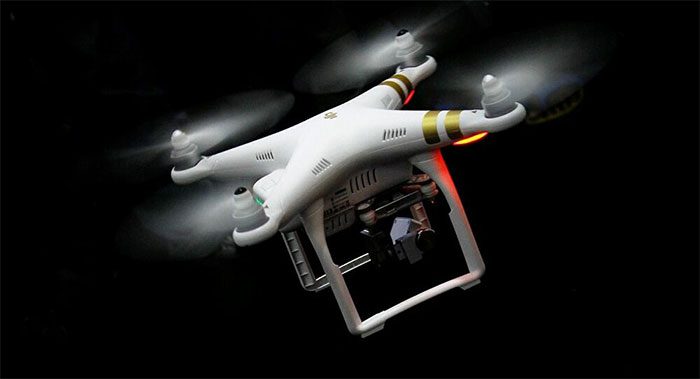According to a reporter in Australia, the University of Sydney is currently collaborating with the healthcare consulting firm ASAC Consultancy to implement the Wildu project – a research and development initiative focused on creating environmentally friendly drones to support medical services for communities in rural and remote areas of the country.

The medical drone will use hydrogen fuel. (Illustrative image: CCO).
The University of Sydney announced on April 22 that with an initial investment of AUD 3.6 million (USD 2.32 million), the Wildu project will develop a special type of medical drone powered by hydrogen fuel, aimed at aiding early detection, prevention, and treatment of common health issues in rural and remote areas of Australia, such as sepsis.
Associate Professor Dries Verstraete at the University of Sydney, who is leading the project, stated that the type of unmanned aerial vehicle (UAV) his team is researching is a hydrogen-fueled electric vertical takeoff and landing (eVTOL) aircraft. To meet significant flight range requirements while operating over vast distances, his team will integrate and optimize a hydrogen fuel cell power system, while continuing to develop a hybrid fuel cell battery trio to extend the fuel cell’s lifespan under complex and harsh operational conditions in Australia.
Professor Verstraete believes that the project will be integrated into the local primary healthcare network, remote medical services, disease research, and pharmaceutical delivery, thereby contributing to addressing health inequalities faced by some of the most isolated and vulnerable communities in Australia. Additionally, the project will support disaster and emergency management activities, such as outbreaks of disease or floods in remote communities.
According to the Australian Institute of Health and Welfare and the National Indigenous Australians Agency (NIAA), individuals living in rural areas face unique geographic challenges and often have poorer health status compared to those living in urban areas, with higher rates of hospitalization, mortality, injury, and lower access to essential healthcare services. Among them, Indigenous Australians make up 32% of the rural and remote population and this group has a lower life expectancy, a higher burden of disease, and a higher likelihood of hospitalization compared to other communities.


















































